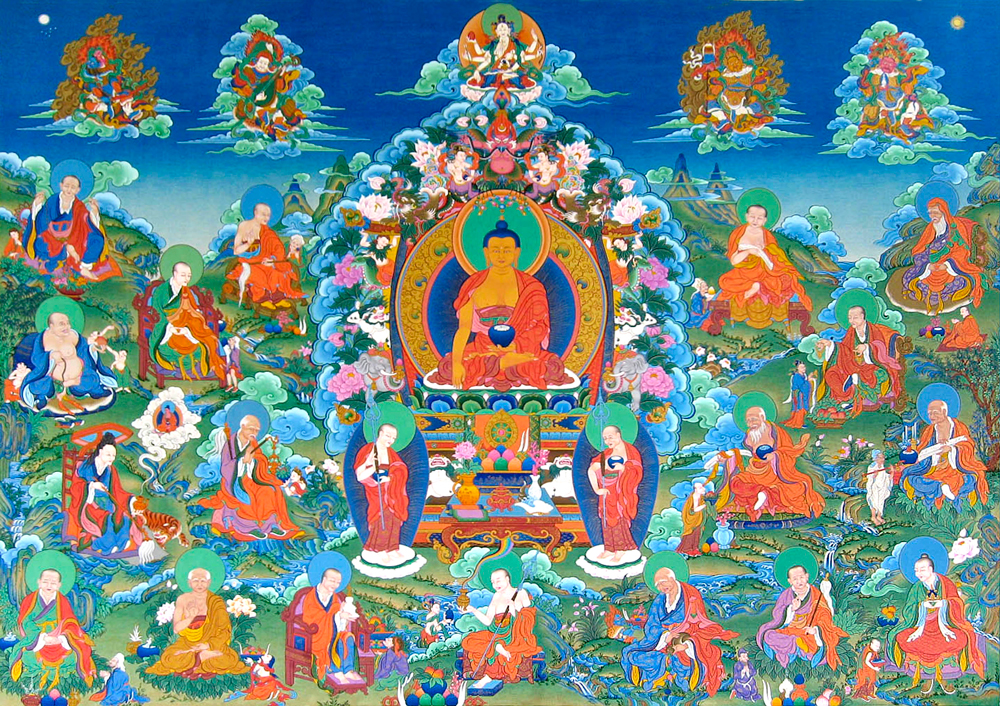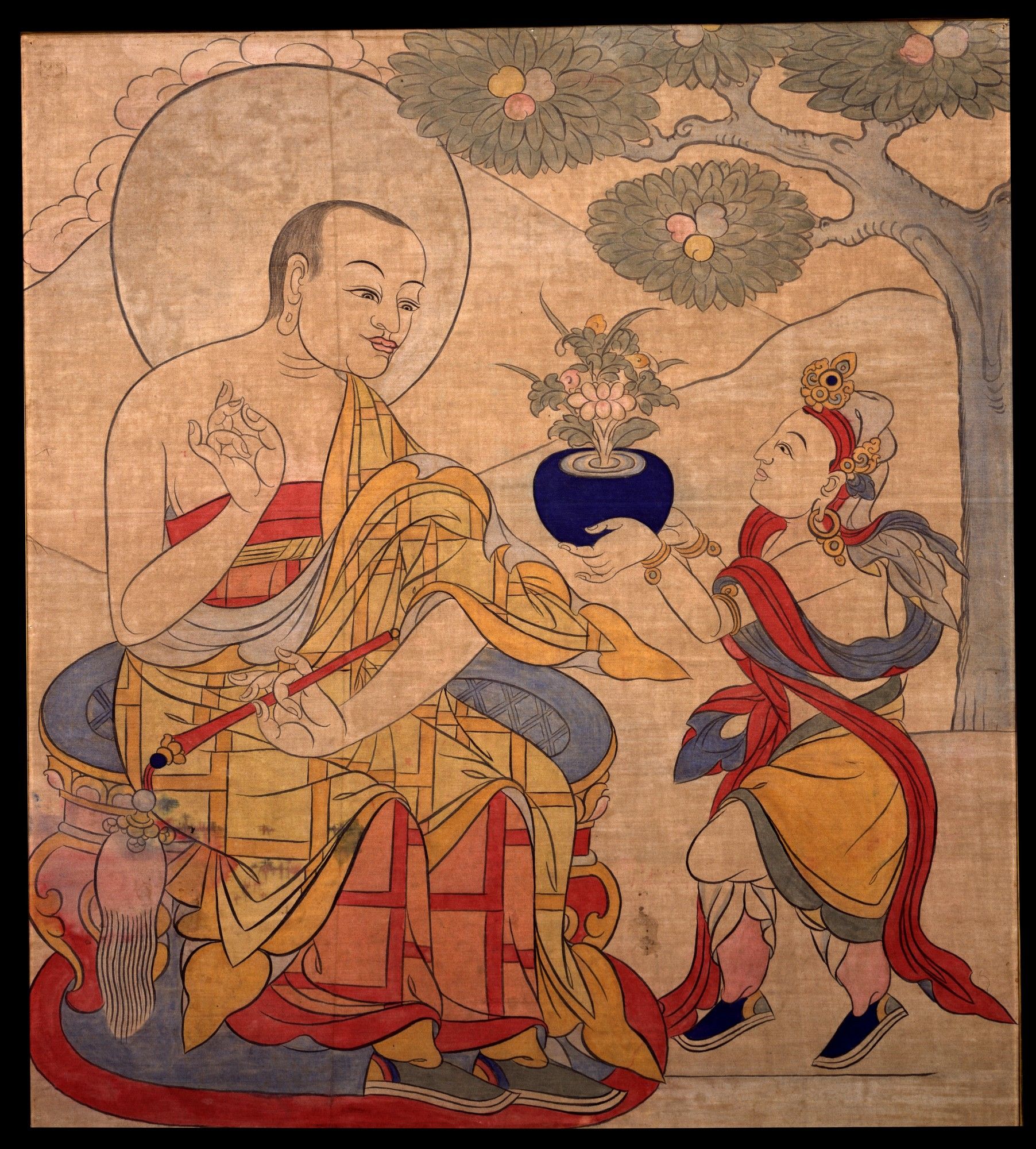In Theravada Buddhism ― the dominant school of southeast Asia ― it is believed there is only one buddha per age of humankind; each age is an unimaginably long time. The buddha of the current age is our historical Buddha, Siddhartha Gautama. Another person who realizes enlightenment within this age is not called buddha. Instead, he or she is an arhat (Sanskrit) or arahant (Pali) — “worthy one” or “perfected one.” The principal difference between an arhat and a buddha is that only a buddha is a world teacher, the one who opens the door for all others.
Arhat is a perfected person, one who has gained insight into the true nature of existence and has achieved nirvana (spiritual enlightenment). The arhat, having freed himself from the bonds of desire, will not be reborn in the current state of existence.
Difference of Arhat in Two Main Buddhist Schools
There are two main schools of Buddhism: Mahayana and Hinayana (Theravada).
Hinayana (Theravada) school focuses on finding perfect inner peace and want to live in a kind, truthful and generous way in the world. The end of their journey, their dream, their goal -the perfection of inner peace- is called the state of being an Arhat. In the Theravada tradition, the spiritual ideal that is the realization of arahantship—the realization of nibbana (nirvana) and the ending of rebirth, in this very life.
Mahayana Buddhists criticize the arhat ideal on the grounds that the bodhisattva is a higher goal of perfection, for the bodhisattva vows to become a buddha in order to work for the good of others. This divergence of opinion continues to be one of the fundamental differences between the Theravada and Mahayana traditions.
Four stages of becoming an Arhat
- The state of the “stream-enterer”—i.e., a convert—achieved by overcoming false beliefs and doubts regarding the Buddha, Dhamma, and Sangha.
- The “once-returner”, who will be reborn only once in this realm, a state attained by diminishing lust, hatred, and illusion.
- The “nonreturner”, who, after death, will be reborn in a higher heaven, where he will become an arhat, a state attained by overcoming sensuous desire and ill will, and…
- The arhat.
***a man or woman can become an arhat only while a monk or nun
Depiction in Art

In Buddhist art and sculpture, arhats are depicted as revered figures who have attained the highest level of spiritual realization within the Theravada tradition. Often portrayed in serene and dignified poses, arhats are depicted with distinctive attributes that symbolize their enlightened status. These attributes may include their monk’s robes, alms bowls, and the gesture of meditation or teaching. Arhats are commonly depicted in groupings known as the “Sixteen Arhats” or the “Eighteen Arhats,” each distinguished by unique facial expressions and postures that reflect their individual character and spiritual attainment. These depictions serve not only as objects of veneration but also as reminders of the path to enlightenment, inspiring practitioners to emulate the virtues and qualities embodied by the arhats in their own spiritual journey.



